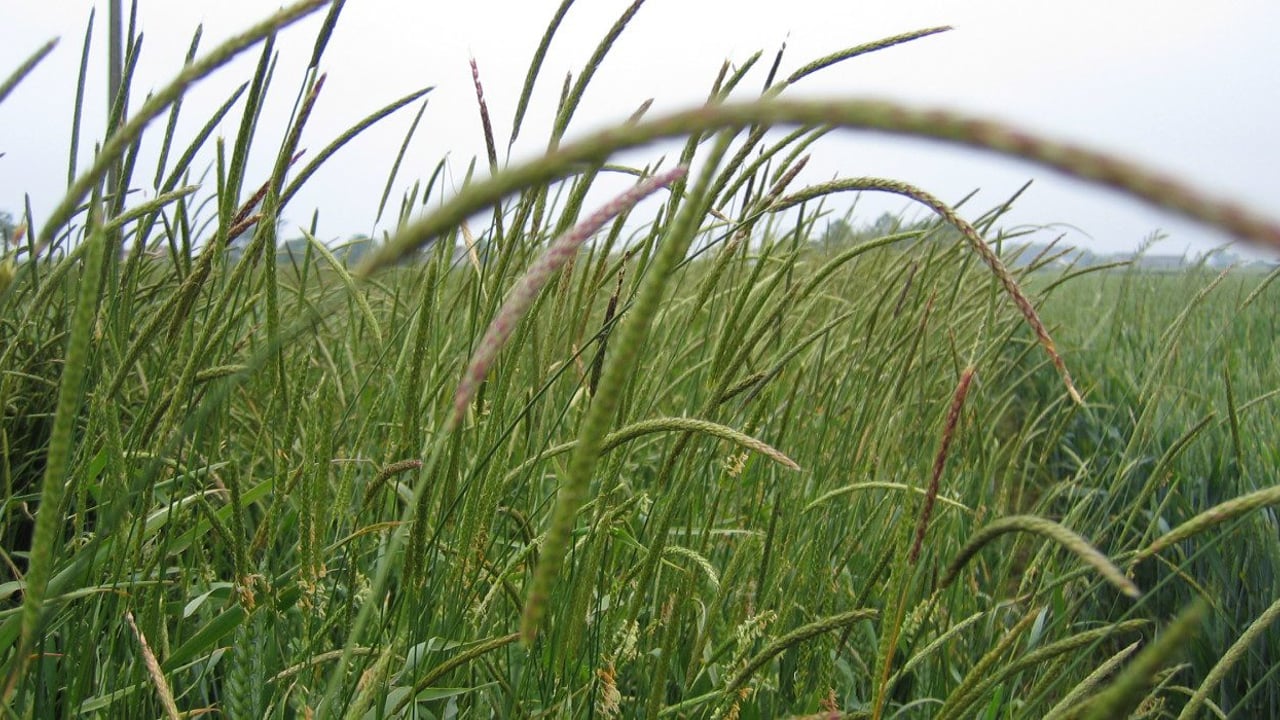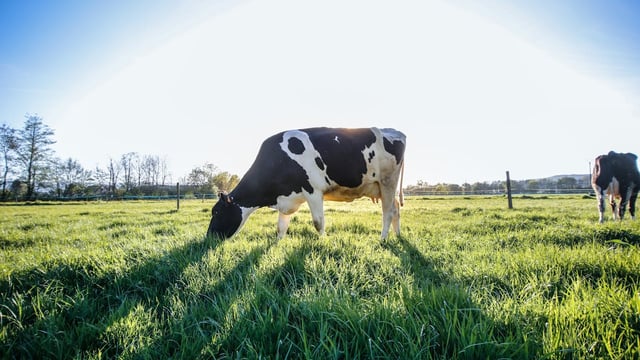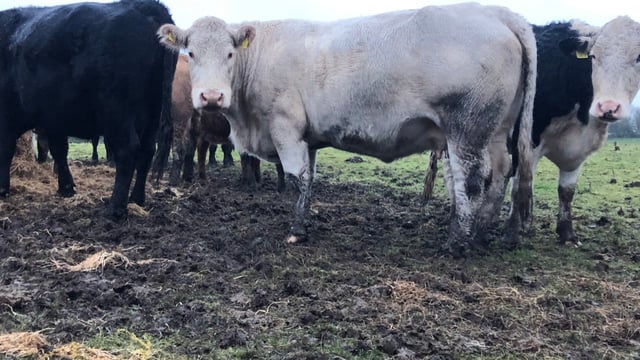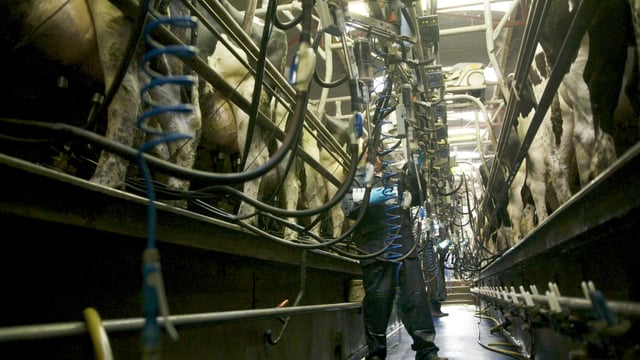Action must be taken against blackgrass - crops specialist
According to crops specialist at Teagasc, Shay Phelan, blackgrass plants have already started to flower in some cereal crops.
So, growers should walk their crops in the coming days and weeks to make sure that they don’t have any issues.
“Waiting until later in June will be too late, as the grass will have set seed and will be starting to shed seeds.
“Growers should take a zero tolerance approach to grass weeds, as these problems will only increase over the coming years," Phelan said.
It is estimated that blackgrass is costing UK growers between £400-500/ha. In many areas, it is now endemic, meaning they will never eradicate it.
Given this reality, every step must be taken to ensure this scenario is not repeated here in Ireland.
Effective management of blackgrass will require farmers to secure a 97% control rate every year.
"Each plant produces up to 10 heads. In turn, these can produce up to 6,000,000 seeds/ha on the basis of just one blackgrass plant per square metre," the tillage specialist said.
Preventing seed return is one of the key objectives when it comes to controlling blackgrass. So, where there is a low level of infestation, rouging the weeds is probably the best option.
Crops need to be walked on a weekly basis over the next month or so, as doing so will ensure that late germinating blackgrass plants are identified.
Growers can utilise a number of control options, in cases of high blackgrass infestation levels. These include the use of whole cropping, mowing and baling or crop destruction.
Crop destruction refers to the use of roundup to completely clear out areas within a crop where high levels of blackgrass infestation exist.
All control options must be taken before blackgrass sheds its seed. This takes place from mid-June onwards, so, now is the best time for growers to take whatever control options are necessary.
According to the Agricultural and Horticultural Development Board (AHDB), average blackgrass seed decline in the soil is about 75%/year.
Seed persistence data and farm experience both support the view that a one-year fallow or grass ley is not long enough to reduce high blackgrass infestations to acceptable levels.
After two years, less than 10% of seeds are likely to remain.
However, this could still be a large number and a longer break may be required. Failure to prevent seed return greatly undermines the value of a fallow or grass ley break.
The cultivation strategy followed at the end of any fallow or grass ley break is also important.
Sufficient time needs to elapse between cultivating and sowing the next crop to allow the destruction of seedlings emerging from residual seeds.
Meanwhile, Shay Phelan has said that Italian ryegrass is also becoming a problem on many Irish farms. Again, a zero tolerance approach needs to be taken.
“Both Italian ryegrass and blackgrass grass have the capability to develop herbicide resistance within a relatively short number of growing seasons," Phelan added.





